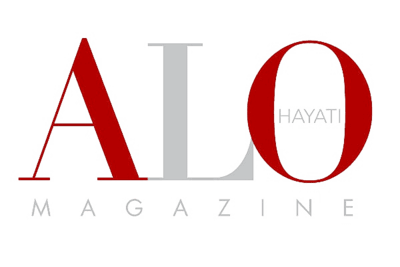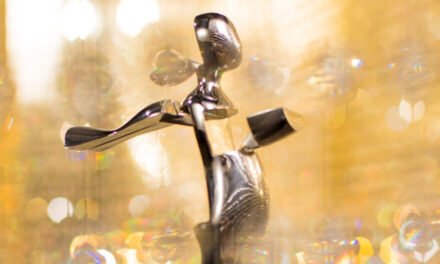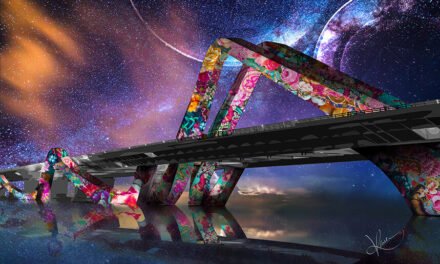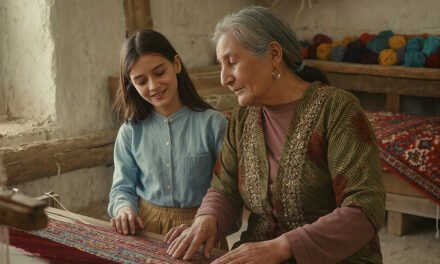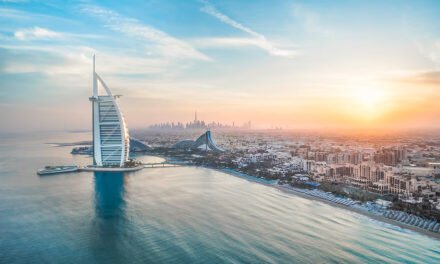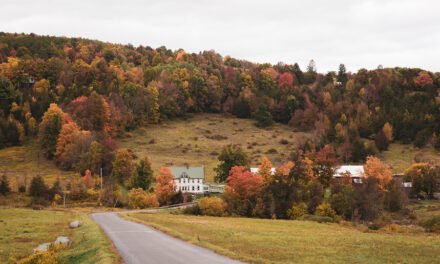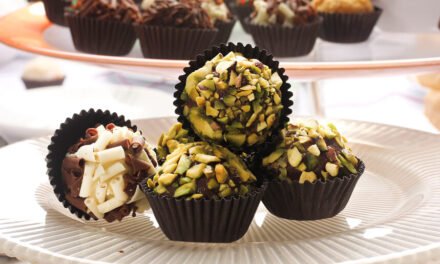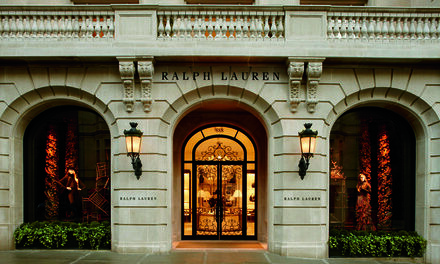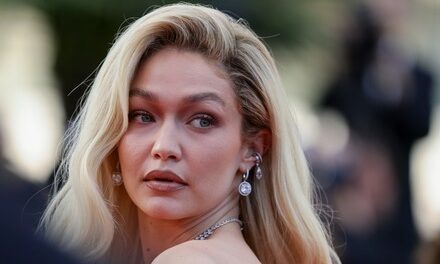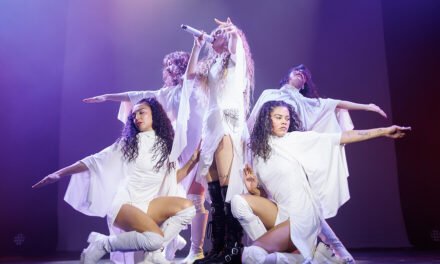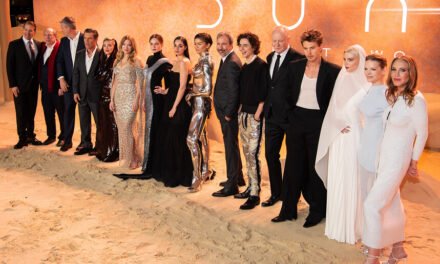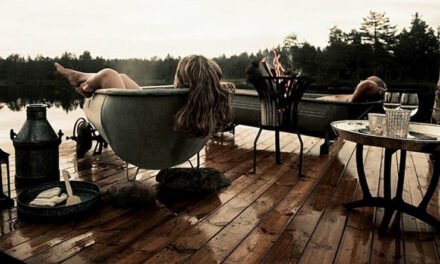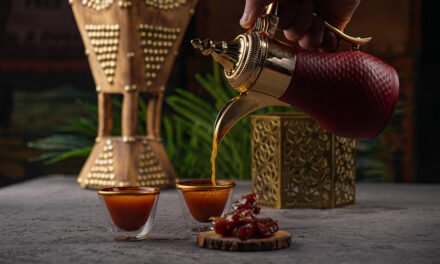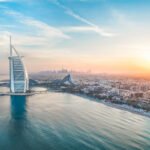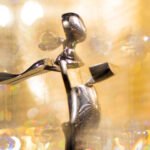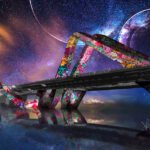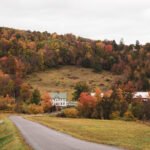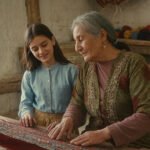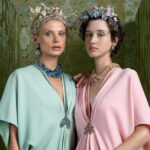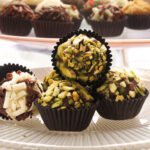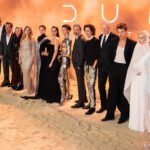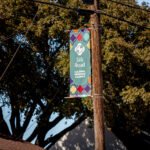Credit: Kristel Bechara ©2025. Courtesy of the artist.
In the digital bazaars of the modern art world, a fascinating fusion is taking place. The ancient arts of the Middle East—particularly calligraphy—are finding new expression in the realm of blockchain technology and non-fungible tokens (NFTs). This blend of tradition and technology isn’t just a trend—it’s a digital renaissance, redefining the very soul of Middle Eastern art.
From Sacred Script to Digital Canvas
Calligraphy in the Middle East is far more than beautiful handwriting—it is a sacred art form with roots stretching back to the advent of Islam in the 7th century. The Arabic script, with its flowing curves and intricate ligatures, was elevated to high art through its association with the Qur’an, the holy book of Islam.
The late 20th and early 21st centuries brought dramatic change to the art world with the rise of digital technologies. Initially, Middle Eastern traditional arts seemed at odds with this digital revolution. How could the tactile experience of ink on paper, and the spiritual dimension of hand-crafted letters, translate to the cold precision of pixels?
But innovative artists found ways to make the technology work for them.
In 2021, the art world was transformed by the mainstream emergence of NFTs—unique digital tokens that use blockchain technology to verify ownership and authenticity of digital assets. This technological innovation offered solutions to longstanding problems in digital art. NFTs established provenance, creating scarcity and enabling artists to maintain control over their work.
“The UAE has become a hotspot for artists interested in exploring how the physical and digital worlds come together,” says Silvia Mogas, a partner at BMBWeb3 Ventures, which helps companies develop blockchain strategies. “Its openness to new ideas, combined with a lively cultural scene, makes it a perfect place for creators to experiment with things like NFTs, phygitals (the combination of digital technology and physical art spaces), and tech-enabled styles that mix tradition with modernity.”
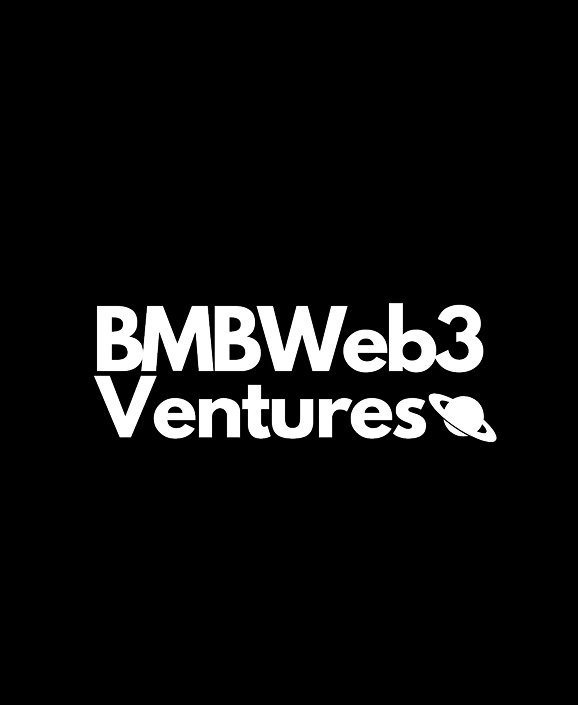
Breaking Barriers: The Middle East’s First Female NFT Pioneer
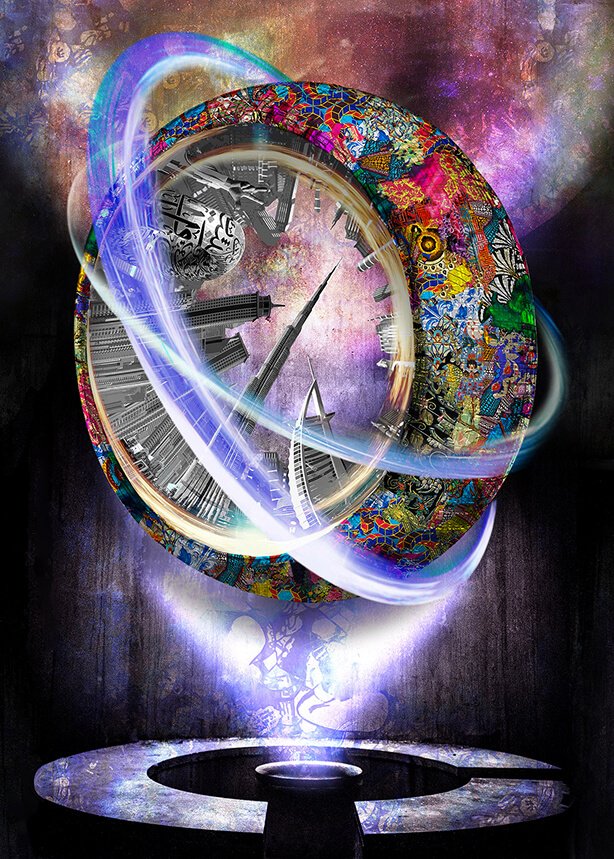
Credit: Kristel Bechara ©2025. Courtesy of the artist.
Lebanese artist Kristel Bechara, based in the UAE, is considered a pioneer of NFT art in the Middle East. Bechara was the first female artist in the region to launch a tokenized NFT art series, “Beauty in Diversity & DeFi,” which premiered in early 2021. As part of the series, the artist released 25 NFT limited edition paintings. All of Bechara’s artworks include NFT certificates.
Bechara’s work is a color splash of vibrancy and expression. She employs oil, acrylic, and giclée printmaking mediums to depict complex emotions while portraying the human condition. Stencil-like drawings are combined with modern mixed media lines to form multi-layered paintings with a fantasy look, along with photorealistic stylings.
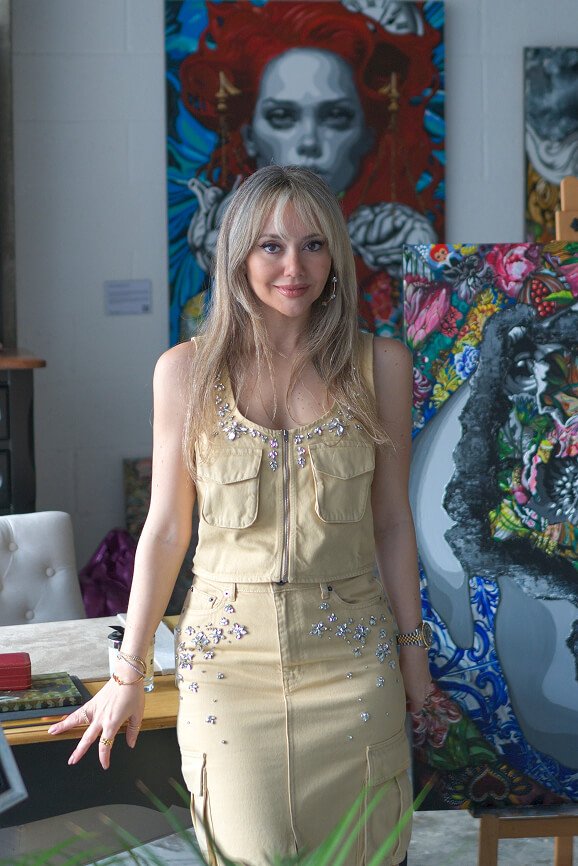
Credit: Kristel Bechara ©2025. Courtesy of the artist.
“As a contemporary artist from the Middle East, my work has always been about honoring tradition while embracing innovation,” says Bechara. “Ultimately, I see my digital art as a bridge: connecting the richness of Middle Eastern tradition with the limitless possibilities of modern digital expression.”
In her digital artwork, “Do Your Own Research,” Bechara depicts a woman’s black and white face. She gazes hypnotically through large, round, rose-tinted spectacles; the frames are a mesh of patterns and colors. “She seems curious and focused on ideas as if she is solving a puzzling problem in her mind,” writes Bechara about the work. “She must be doing her research, trying to arm herself with information and knowledge about a new crypto project.”
Reimagining Ancient Letters: Digital Calligraphy Takes Flight
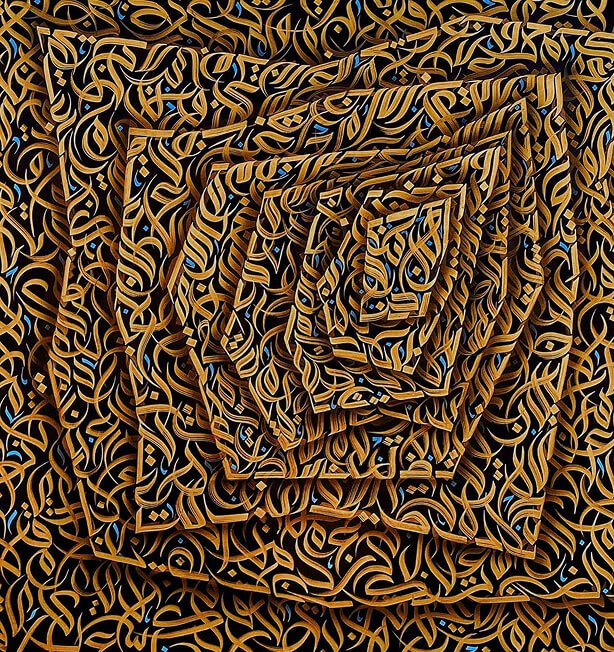
Credit: Diaa Allam Instagram artist page
While Bechara’s work explodes with vibrant color, other artists like Dubai-based Diaa Allam are finding new ways to apply digital technology to the art itself, modernizing traditional calligraphic forms.
A NFT trailblazer, Allam modernizes Arabic calligraphy, creating three-dimensional compositions that can be experienced from multiple angles and perspectives. A background in urban planning and landscape architecture has influenced his style, which conveys structure, harmony, and flow.
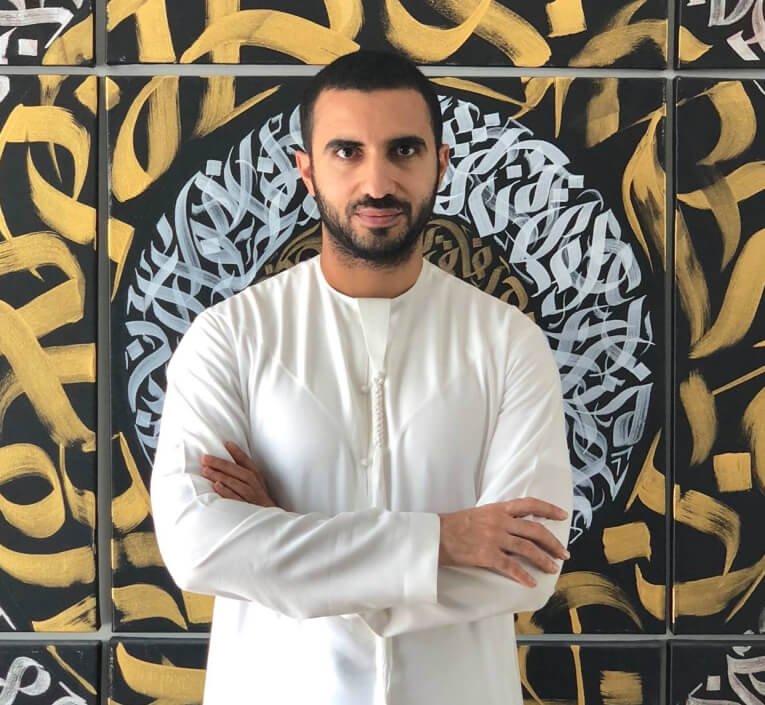
Credit: Diaa Allam Facebook artist page
In his work, “Waves of Positivity,” Allam presents what looks like strips of blue and gray cloth imprinted with broken calligraphic script that undulate, a sprinkling of white dust or snow occasionally flying across the screen.
Another of his works, “Midnight Violet – Metaworld Connected,” presents a revolving orb sectioned into squares etched with calligraphy, all set against a starry sky edged with a gaseous violet galaxy.
British artist and designer Rūḥ Al-Alam has a body of work that spans two decades, covering multiple disciplines. His video art is especially striking. “Darkness to Light” is an animated work that employs the first verse of Surah Ibrahim in the Qur’an. Against a black background, the verse slowly reveals itself as Al-Alam rotates the frame, drawing the viewer in with intrigue. Projected on the exhibition walls at the Weltmuseum in Vienna (the largest anthropological museum in Austria), the work was paired with a recitation of the verses.
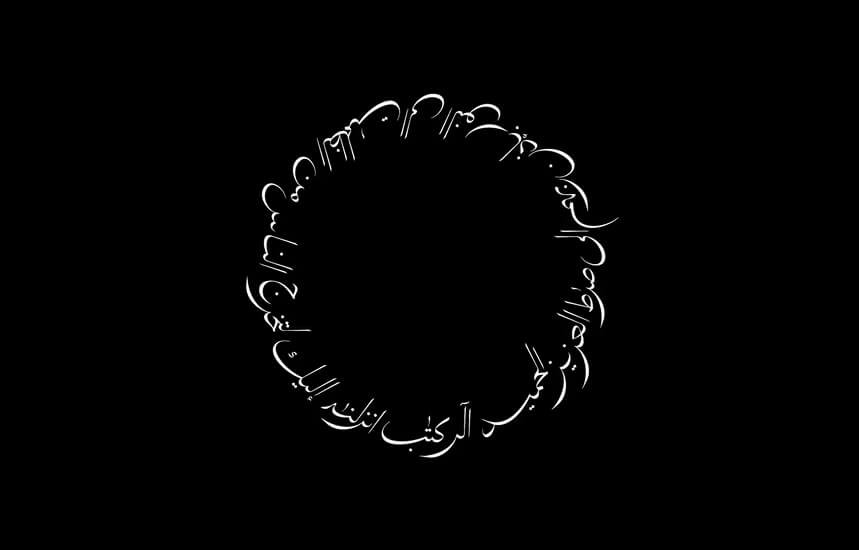
Credit: Rūḥ Al-Alam artist website
“This work imparts deep meaning in a surprisingly simple and elegant manner,” Al-Alam says.” It begins with the well-known enigmatic and mysterious letters known as Al-Muqatta’at, their meaning known only to God himself, leaving us to only speculate. The verse informs the Prophet of the singular and universal purpose of the Book; bringing humanity from darkness back into the light.”
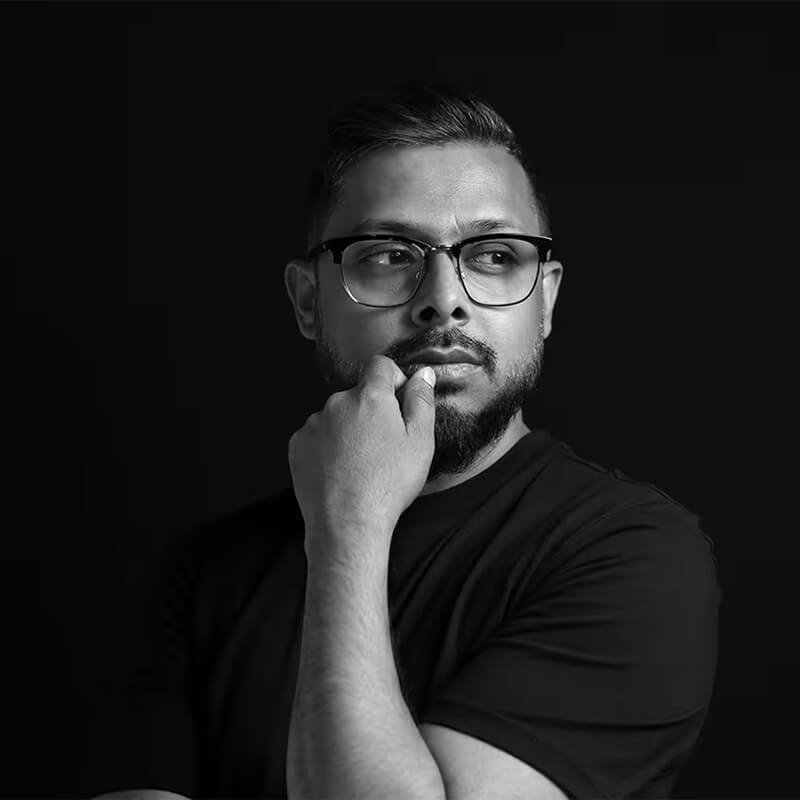
Credit: Rūḥ Al-Alam artist website
Al-Alam is all about establishing new narratives for Middle Eastern art. His work embodies a transformative feel, meant to trigger deeper contemplation, even spiritual connection. In 2003, the artist traveled to Egypt to study Arabic calligraphy under the tutelage of renowned calligraphy masters, setting the stage for his wide variety of calligraphic styles. Among them, Amelia Script, a custom style inspired by the classic styles of Diwani, Nastaliq, and Thuluth.
Institutional Recognition and Market Impact

Credit: Sharjah Art Foundation website, Biennial 16
Major museums have begun acknowledging the emerging field of Middle Eastern digital art. The Sharjah Art Foundation and its Sharjah Biennial have supported digital artists working with traditional calligraphic elements. A United Arab Emirates cultural hub, Sharjah is the third-largest of the seven emirates, harboring more than 20 museums.
The Institut du Monde Arabe in Paris has similarly showcased works that blend traditional Middle Eastern aesthetics with contemporary digital approaches. Its “Cités Millénaires” (Millennial Cities) exhibit displayed architectural wonders in Libya, Syria, and Iraq that have been damaged or destroyed, resurrecting them via digital technology. Within the art market, Christie’s and Sotheby’s have included select digital works by established Middle Eastern artists. In early 2025, Sotheby’s inaugural auction in Saudi Arabia, held in Diriyah, banked $17 million in sales.
Traditional Middle Eastern art and new technology continue to influence each other in unexpected ways. Artists have also formed collaborative groups using blockchain technology. They include Diriyah Art Futures, Edge of Arabia, and Art Jameel.
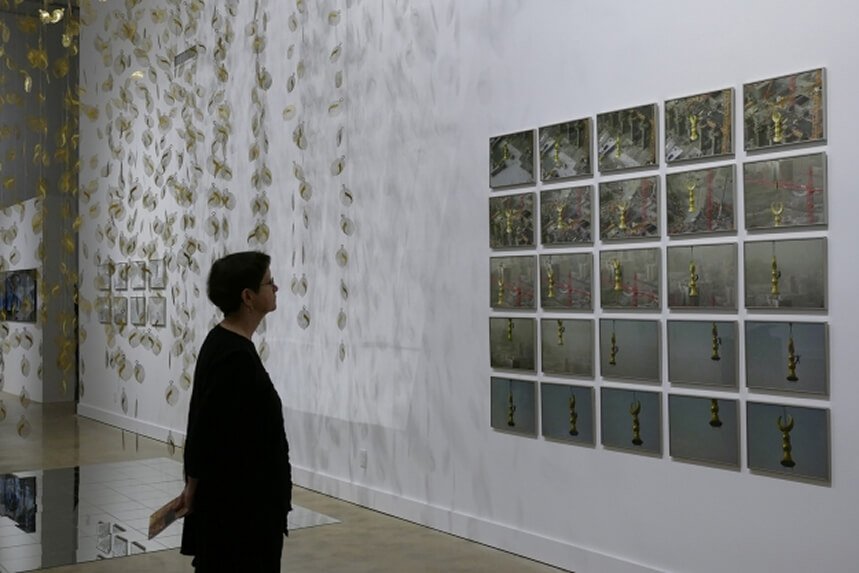
Credit: Edge of Arabia website
The next wave may bring even more surprises. Artists are already experimenting with augmented reality apps that let viewers see calligraphy come alive on their phones. Others are using blockchain technology to create collaborative art projects where multiple artists can contribute to the same piece across different countries. Some are even exploring how artificial intelligence might learn traditional calligraphic styles.
As Middle Eastern artists bridge sacred tradition with digital innovation, they’re proving that the most profound artistic expressions emerge when timeless wisdom meets cutting-edge technology—writing a new chapter that honors the past while boldly embracing the future.
